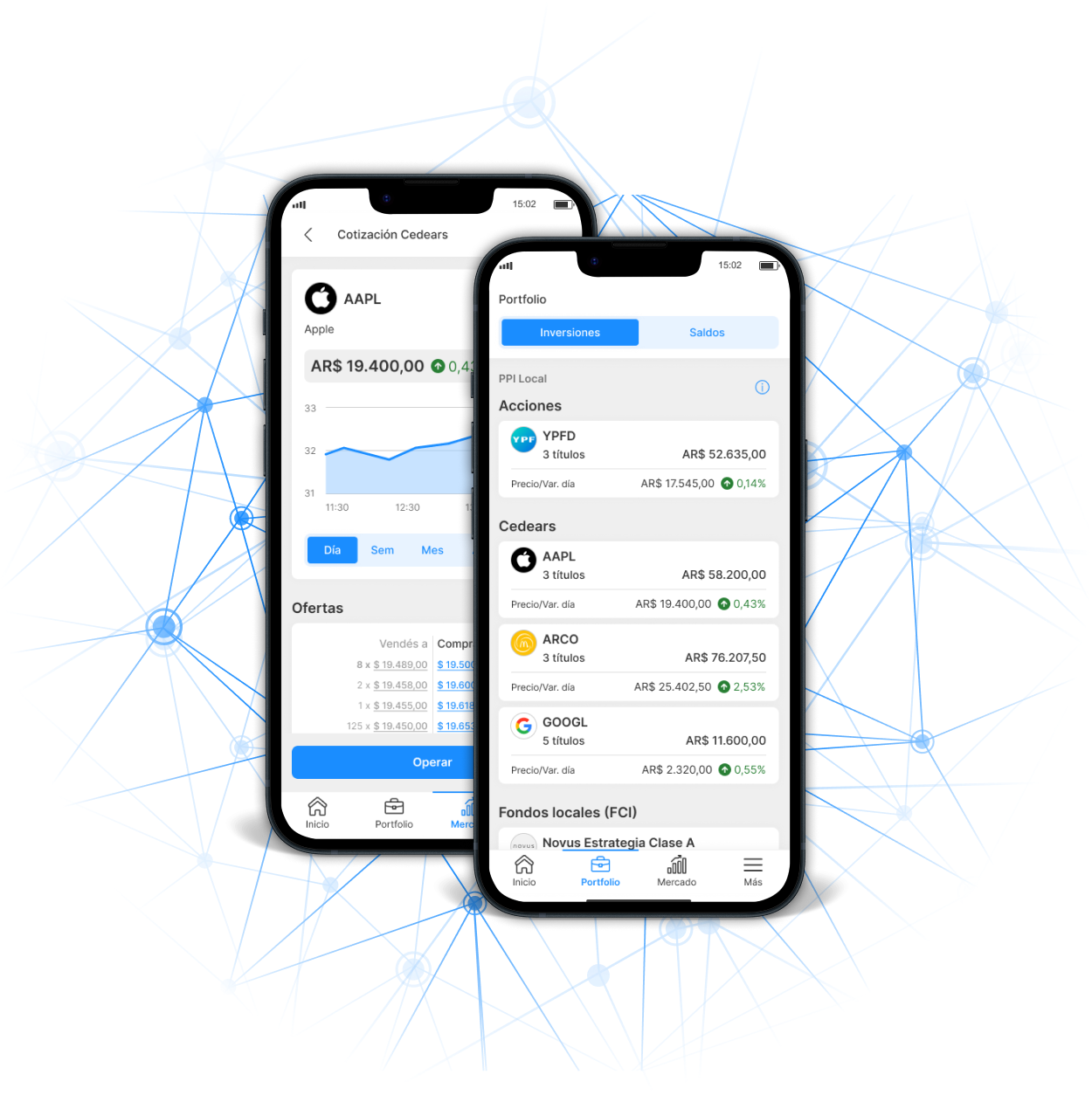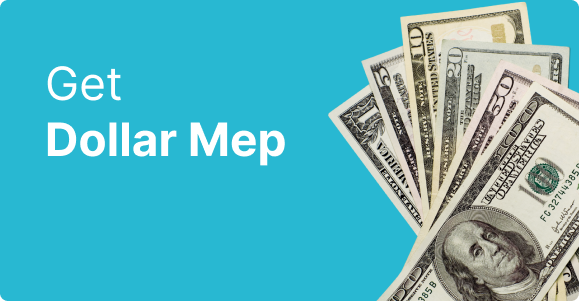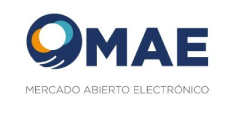Benefits of trading with Options
Coverage
They can provide protection, according to your expectation, over an asset.
Leverage
Boost the performance of your investments.
Variety
There are options on different assets which allows flexibility in your strategies.

FAQs
An option is a right to carry out a future operation on an asset, at a certain price and on a stipulated date. Whoever buys an option does not buy an asset but rather a right over an asset, which may or may not be exercised later on. As in any transaction, there is a buyer and a seller. The buyer of an option pays a premium for the right to buy (call) or sell (put) a unit of the underlying asset, at a specified strike price, on or before the expiration date. Therefore, it is a contract by which the pitcher (seller) for a certain amount of money (the premium) grants the owner (buyer) the right to demand from a pitcher on or until a certain date, the purchase or sale of a certain quantity of securities (lot) at a predetermined fixed price called the strike price.
There are two types of options. The call option grants the right to purchase a specific amount of underlying asset. The buyer of a Call pays a premium for the right, but not the obligation, to purchase the underlying asset, at a specified prior, on or before the coupon expiration date. The seller of a Call (initiator) charges a premium for the obligation to sell the underlying asset at a specific price, if required on or before the expiration date. The option holder thus protects himself from a rise in the price of the underlying asset, ensuring a maximum purchase price. Instead, the put option grants the right to sell a specific amount of the underlying asset. The buyer of a Put pays a premium for the right, but not the obligation, to sell the underlying asset, at a specified price, on or before the option's expiration date. The seller of a Put (putter) receives a premium for the obligation to buy the underlying asset at a specific price, if required on or before the expiration date. The option holder is thus protected from a drop in price. of the underlying asset, ensuring a minimum sales price.
Your profitability of the options will basically be given by the price movements of the underlying asset. Options can thus be used to: 1) Insure against a fall in the prices of an asset (for example, shares); 2) Generate additional income by reducing the cost of purchasing options; and 3) Speculate and invest on the movement of the price of a certain stock (whether downward or upward). While the premium is the price one pays (or receives) for buying (or selling) the option. And this premium is determined by the interaction of supply and demand; and is made up of Intrinsic Value and Time Value.
Yeah. There are two major risk factors in options: the volatility of the premium, and the fact that they have an expiration date. Volatility implies the possibility of obtaining large gains or large losses in the very short term. On the other hand, the level of risk assumed when investing in options is different if one is a buyer or seller of these instruments. The buyer has a risk that is limited to the loss of the premium payment. This is 100% of the amount invested in the option. The seller has a higher risk, which is unlimited.
The option is, specifically, a standardized contract that is quoted on the market. The characteristics to take into account of this contract are, among others, the underlying asset (the asset on which the option grants rights) and the type of option (Call or Put). Meanwhile, the Base is the exercise price of the option; That is, the price at which the underlying asset will be traded if you want to exercise it. At the same time, the exercise or expiration date is the date on which the option expires or expires. In BYMA, the 3 following even months to the one in progress and the nearest odd month are generally enabled. The Premium is the option price that the buyer pays to the seller. It is determined by the interaction of supply and demand, and is made up of Intrinsic Value and Time Value. Specifically, the Intrinsic Value is the difference between the cash price and the exercise price; and the Time Value is the difference between intrinsic value and the premium. The magnitude of the option's time value reflects the option's potential to gain intrinsic value; and this decreases as the maturity period shortens. Finally, the Theoretical Premium - indicates the theoretical price of the option. One of the most widely used valuation models is Back & Scholes- and volatility.
Yeah. One of them is covered throwing. The Covered Launch is a strategy that combines the purchase of an asset with the sale of a call on that underlying. Selling the call has a double effect. On the one hand, it is an income of immediate funds equivalent to the price of the premium; On the other hand, it generates a possible obligation to have to sell the shares in the portfolio at the base value if the person who bought the call decides to exercise it. The result of the strategy is determined only on the exercise date of the call. The covered launch is a strategy that allows you to lower the risk of investing in stocks but, in exchange, puts a ceiling on the maximum profit. At times when few movements in the share price are expected (called lateralization) it is an excellent strategy to seek to add performance. For its part, other strategies are the “Bull Spread” (combination of options on the same underlying asset that is used when a rise in the latter is expected) or “Bear Spread” (the strategy is a mirror of the Bull Spread in the that positive results are obtained if the price of the underlying asset falls). There is also the “Straddle”, or its opposite the “Butterfly”...
Take GFGC480.FE as an example. The first three letters refer to the underlying asset - in this case, Grupo Financiero Galicia -; C to the type of option - it can be call if it is a purchase, or V if it is a sale; 480 is the strike price; and finally, FE is the expiration month -here February-









